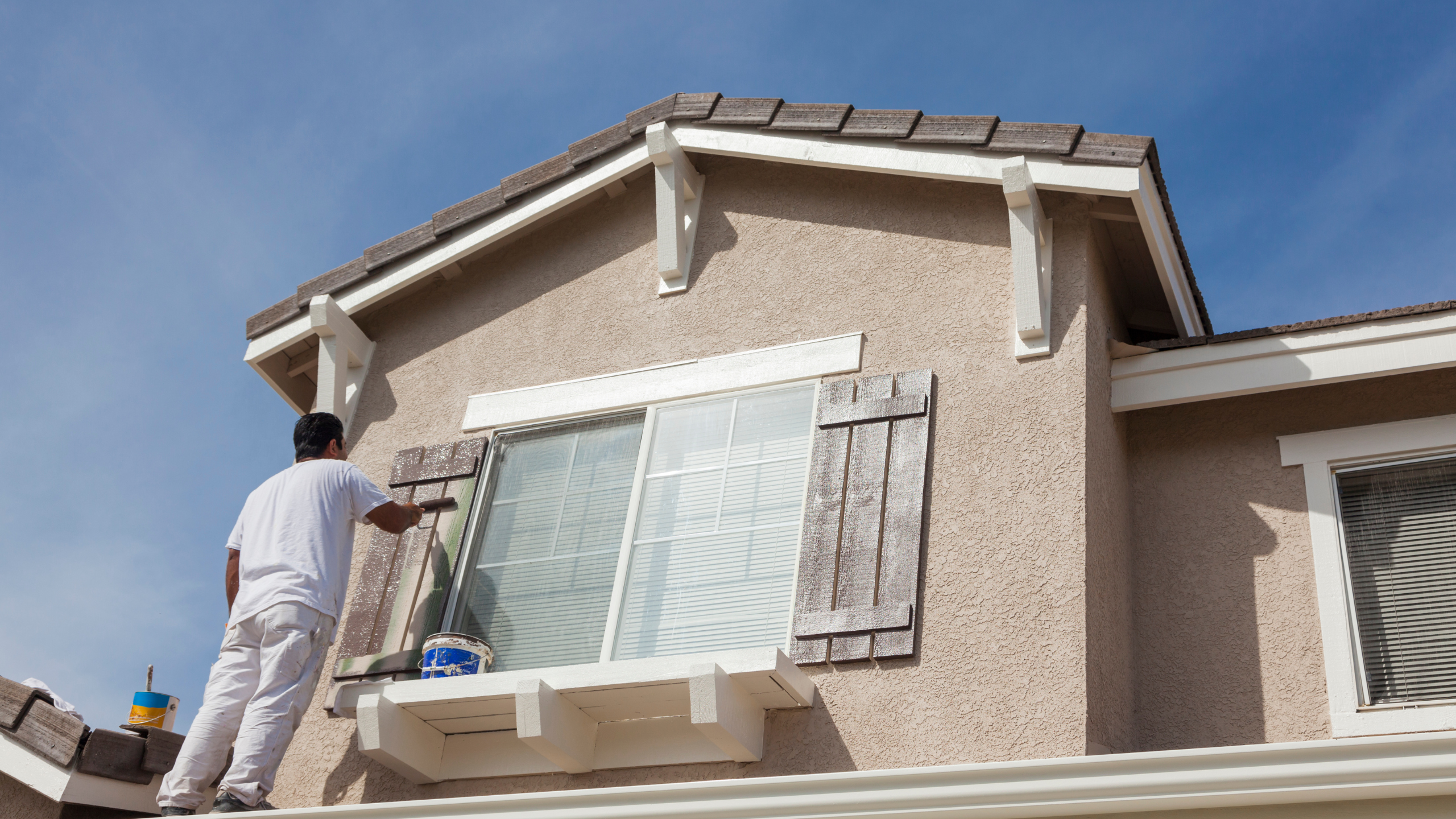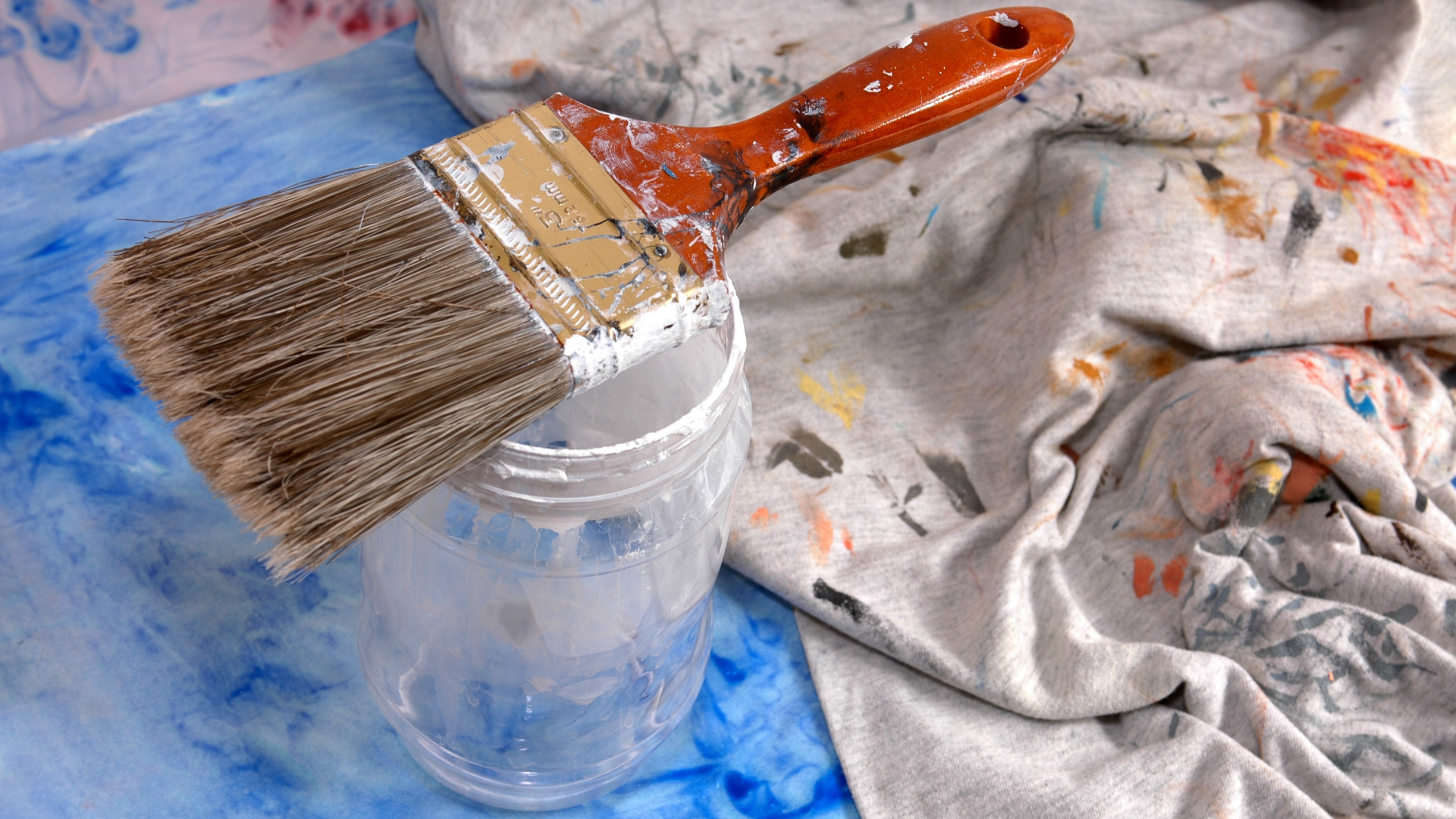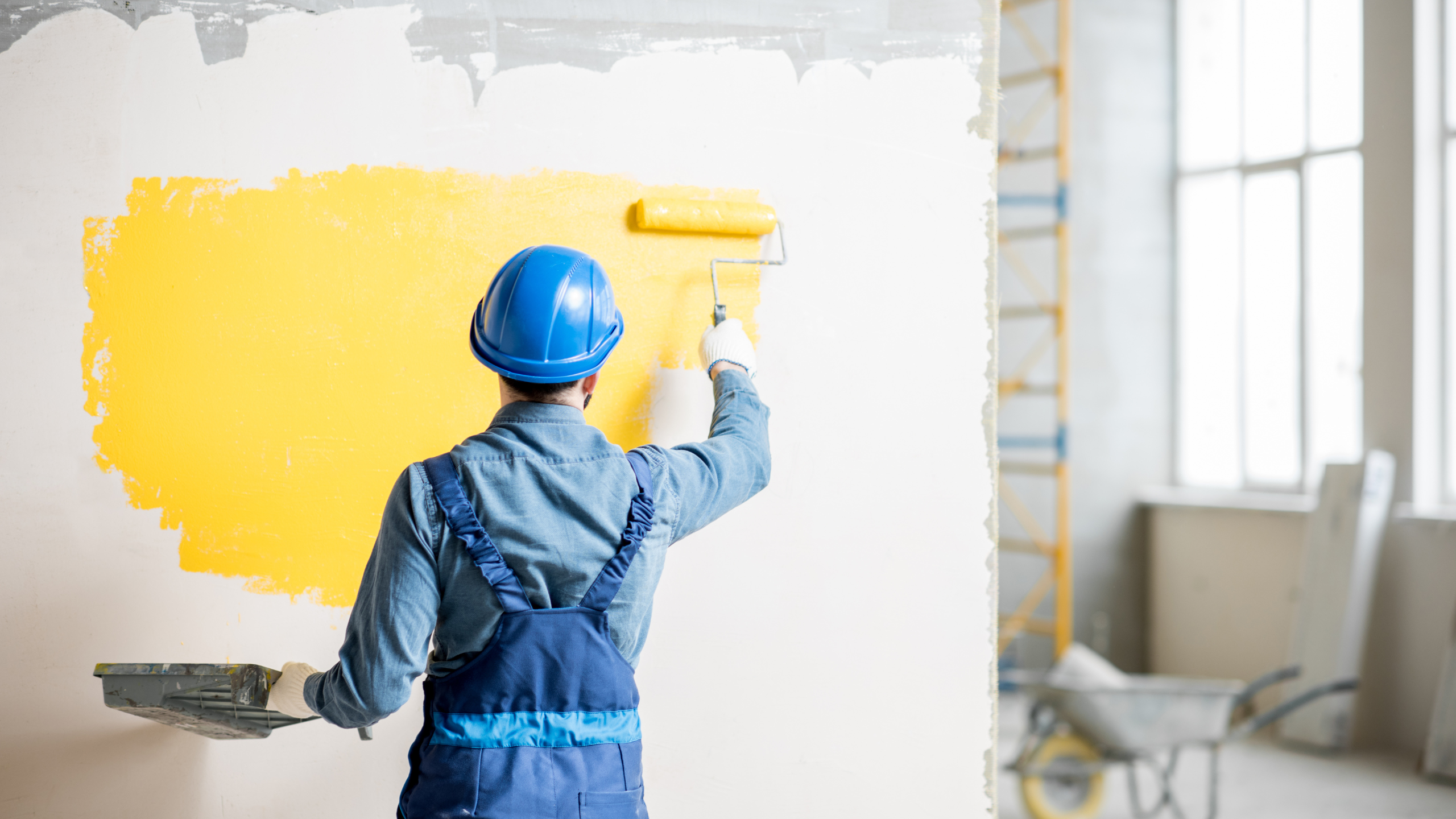You may have heard of antimicrobial paint, but you may not know what it does, how well it works, or if it’s safe to use. Antimicrobial paint is made to stop viruses, bacteria, and other germs from growing. It can make your home safer, protect it better from mold damage, and make it easier to clean the walls inside. Even though this paint was originally made for hospitals, it is now being used in homes.
Read on to learn more about how you might be able to use disinfectant paint in your home.
How does paint that fights germs work?
Manufacturers add an antimicrobial ingredient to this special paint to make it resistant to bacteria and other microbes. It kills 99.9% of bacteria and viruses on the painted surface within two hours of being applied. It then stops microorganisms from growing and spreading on your walls and in your home, which can help cut down on allergens, illness, and mold.
The additives don’t change the paint’s color or how it works, and you can use it like any other wall paint. You just get long-lasting protection from harmful microbes in the same bright colors as other paints.
Where Can Antibacterial Paint Be Used?
Antimicrobial and antibacterial paint additives can be used almost anywhere in your home because the extra resistance to mold growth makes your paint last longer. However, they are most useful in a few places, such as:
- The toilet room. The bathroom is the first room that comes to mind when you think of places that need to be protected from germs and mold. Because antimicrobial bathroom paint is more resistant to bacteria and mold, it is easier to clean and needs to be done less often.
- Where you cook. It’s always a good idea to keep harmful microbes away from food and food preparation. By making your kitchen walls less attractive to germs and bacteria, you can keep your food safer.
- The lower level. If your basement has damp spots, adding a layer of protection to the walls can stop or slow the growth of mold, mildew, and fungi.
Our Neighborly partners at Aire Serv can help improve the air quality in your home to stop the spread of germs and mold. They can help you if you need a new system to clean the air inside or maintenance on your HVAC system.
Are antibacterial additives to paint safe?
Yes, in short. For a long time, the most common kind of special anti-germ paint was antimicrobial paint for hospitals. Now, you can bring that same protection right into your house. It keeps your home cleaner and keeps harmful bacteria, mold, and fungi from staining, smelling bad or breaking down the paint and walls underneath. It’s just as safe as normal wall paint to use.
Keep harmful microbes out of your home
If you want to reduce the chance of viruses and bacteria in your home, antimicrobial paint can help. If you want to learn more about the different kinds of paint, you can talk to the professionals at CCT Apex House Painting. We know a lot about painting and can help you with all of your interior and exterior painting projects. Give us a call at (919) 646-5009 or schedule an estimate online today to get started.





